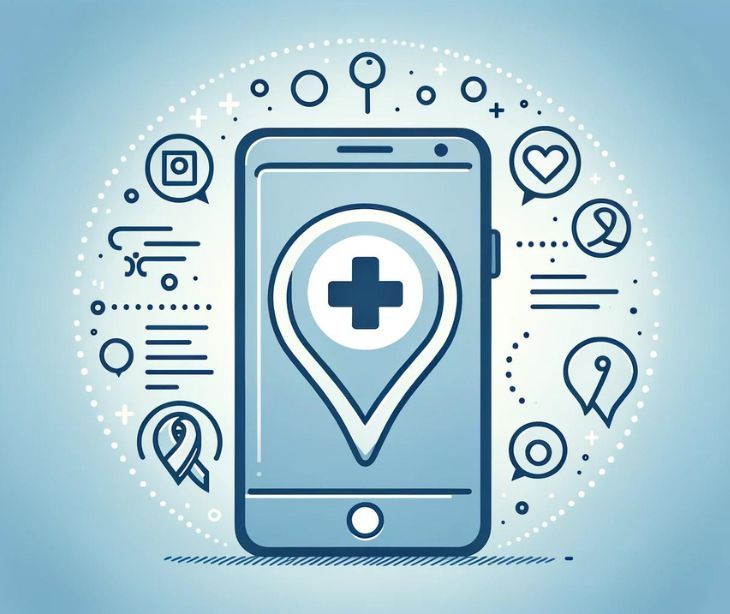
Text messaging is an effective tool in promoting cancer screening. It can help lower barriers to screening by catering to the needs of particular demographics.
The World Health Organization (WHO) approximates that "1 in 5 people develop cancer in their lifetime and approximately 1 in 9 men and 1 in 12 women die from the disease."
Demographic factors play a significant role in the prevalence and distribution of various cancers. Notably, long-term tobacco use is linked to a higher risk of lung cancer, with lung cancer being the most common type, closely followed by colorectal and breast cancers.
Biological sex differences also play a role, with females more likely to develop breast cancer than males. While for males, colon and prostate cancers were among the most common tumors.
These demographic trends highlight the need for tailored interventions and targeted screening efforts to address diverse patient needs. Comprehensive screening among different population groups can help mitigate the impact of these cancers.
The importance of cancer screening
A systematic review of text messaging interventions on cancer screening rates showed that "Text messaging has been effective in promoting behavioral change in various clinical settings..." Screening for lung, colorectal, breast, and cervical cancers usually leads to a lower risk of mortality. However, more people need to receive adequate screening. Therefore, healthcare providers must find ways to encourage people to follow evidence-based cancer screening guidelines.
Providers can send patients personalized text message reminders, educational materials, and support messages. This could increase screening uptake and improve early detection rates for different cancers.
Furthermore, text-based interventions are proven to be a "low cost option for ongoing engagement with patients, and it may be a preferred communication option for underserved populations."
Using texts to break demographic barriers to cancer screening
Providers can use HIPAA compliant text messaging to enhance participation in cancer screening initiatives. For example, providers can send targeted messages to individuals who reside in a specific geographic area about available screening services. This could provide underserved communities with the necessary information to visit mobile clinics or upcoming health workshops. Texts can also include reminders about the importance of regular screenings and instructions on how to schedule appointments or access resources.
Increasing access to screening by interactive messaging
Text messaging is a convenient way to send information regarding appointments and deliver personalized reminders. It also allows patients to ask questions and receive personalized advice.
The interactive messaging allows for real-time communication. For example, if patients have questions, they can receive prompt responses from healthcare providers. This approach increases patient engagement while addressing other barriers, like lack of awareness, transportation issues, and time constraints.
Go deeper: Improve patient engagement with HIPAA compliant text messages
Using texts to address concerns and misconceptions
Providers can use texts to address common misconceptions about screenings, such as fears about pain or discomfort, concerns about privacy, or misunderstandings about the screening process itself.
Addressing these concerns directly can help alleviate anxieties commonly associated with cancer screening. These personalized responses can encourage individuals to undergo screening or book a follow-up appointment.
Additionally, text messages can be used to share success stories or testimonials from individuals who have undergone screening. This will help to normalize the process and build confidence among hesitant individuals.
FAQs
Can text-based interventions be accessible to all demographics?
Yes, text-based interventions are highly accessible. It can reach individuals regardless of socioeconomic status or technological proficiency. These interventions can be tailored to different demographics and languages, ensuring inclusivity among different population groups.
How do text messages facilitate timely follow-ups for abnormal screening results?
Text messages can automate appointment reminders and provide instructions for follow-up procedures. It facilitates bi-directional communication between patients and healthcare providers, ensuring that abnormal findings are promptly addressed and managed.
Are there any privacy concerns associated with text-based interventions for cancer screening?
Using a secure platform like Paubox ensures that all transmitted data, including protected health information (PHI) related to cancer screening, remains encrypted and protected against unauthorized access.
Subscribe to Paubox Weekly
Every Friday we'll bring you the most important news from Paubox. Our aim is to make you smarter, faster.




